
Will’s Suggestions For Gold Coast Snapper
- During the winter months the snapper come close inshore on the Gold Coast. Lines of reef run parallel to the coast in SEQ and the 18 fathom line, about 5-7 km offshore is a productive winter snapper spot.
- The Gold Coast Seaway is the safest an easiest way for small boats to access the inshore reefs as most other access points require a bar crossing. Good weather is still important though, especially in small boats.
- A swell of less than 1.1m and wind of less than 10 knots creates safe and productive conditions.
- When you arrive at the reef, start sounding around looking for bait or for larger fish to show up. Bommies and the gravelly patches to the sides of reef are top places to start, especially if there’s plenty of bait present.
- Drift fishing for snapper is a good strategy. Start by switching the breadcrumb trails on your mapping and do a test drift over where the fish are holding. Once you have a feel for your drift line, head back upcurrent or upwind of the fish and position the boat so tat the next drift will carry you over them.
- Time of day is important. The three main bite periods for Gold Coast snapper occur during the light changes at dawn and dusk and when you’re offshore, on the tide changes. Will would typically be on his mark and be fishing well before the sun hits the horizon and the bite window may only be one to one and a half hours.
- Later after sunrise it can be worth heading out to the 24 or 36 fathom reefs, as the fish will often bite later into the day in the deeper water.
- Alternatively, if you plan to stay on the closer reefs or the weather precludes going out further, drop your leader size and apply scent to your lures. The fish may not bite as freely, but they are still catchable if you work a little harder.
- In summer the East Australian Current comes down the coast and makes it impossible to fish for snapper, especially our wide.
- The bigger fish are often up off the bottom, so be ready for your lure to be taken as it falls – you may need to flick the bail arm over and set the hooks immediately.
- It’s important not to drift through the area too fast, so if it’s windy, fold down the canopy and deploy a sea anchor to slow down the drift and keep the lures in the right part of the water column.
Will’s SEQ Snapper Fishing Tackle
- A six foot rod coupled with a 4000 size reel, 12 lb braided mainline and 14lb leader is a good combo for this style of fishing. This may seem very light but will handle even the largest snapper – very few fish will brick you in the reef.
Will’s Snapper Fishing Lures
- 3” ZMan Paddletail soft plastics are perfect for snapper. The 10x elastomer used to make ZMan lures is tough enough that smaller fish and pest species don’t nip the tails off and cause you to do a drift with an ineffective lure. Will typically starts with a 3/8 oz jig head, but wind, current and water depth dictate the weight that will work best on the day. Snapper love to take these lures on the drop, so the ideal scenario is to choose a jig head weight that get’s the lure to within 10-15m of the bottom but as slowly as possible. Will fishes them both by casting ahead of the drift and working them back and by trailing them behind the drifting boat.
- Switching up to 5” ZMan paddle tails can help to filter out small fish when they’re in numbers and are getting to the lure before the better quality fish. They can be fished on a larger jig head but still need to waft down slowly into the zone, not plummet to the depths.
- Lucanus and Kabura Jigs are excellent when they’re dropped to very close to the bottom and the rod is simply placed in the rod holder. They can also be worked effectively to shut down snapper by holding the rod and slowly lifting the jig up and down.

Episode 576: NE Tasmania Snapper With Jack Gillespie
Jack Gillespie has the snapper population on the NE coast of Tasmania figured out and in today’s interview offers his tips and advice for inshore snapper on lures and light tackle.
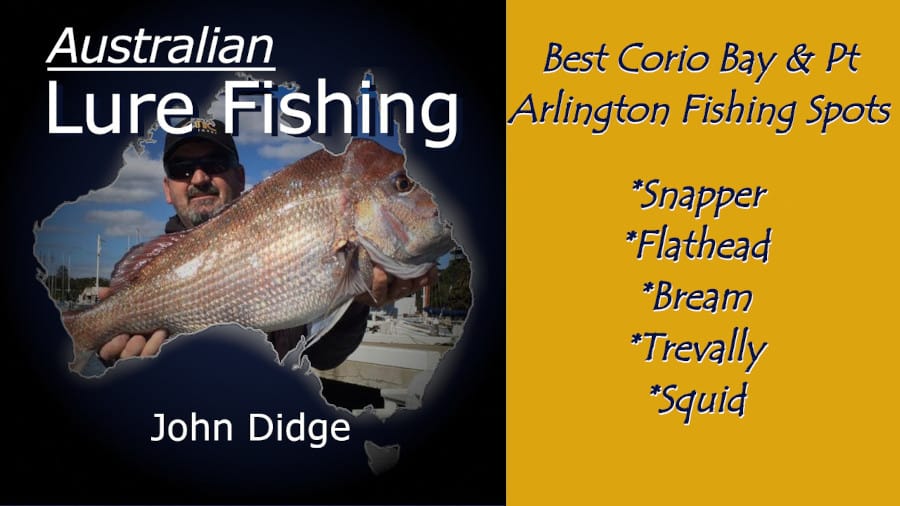
Episode 557: Corio Bay & Geelong Fishing Spots With John Didge
John Didge Radio Personality, Sponsored Angler John has over 40 years experience fishing Corio Bay. He's co-hosted various fishing radio shows for the Geelong region for over 30 years, written articles and presented fishing from stage. John is a soft plastic lure...
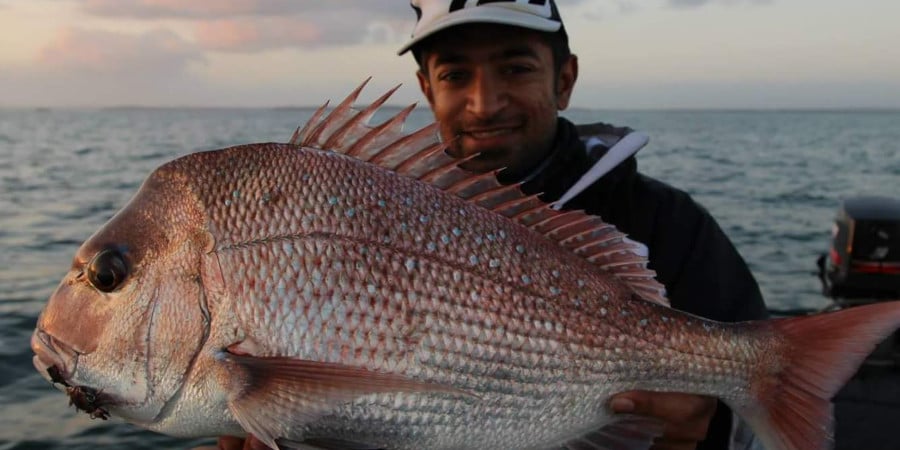
Discover the Best Fishing Spots in Southeast Queensland this Spring
For the boating angler, Southeast Queensland during spring is all about big snapper, quality jewfish, threadfin salmon, flathead and plenty more! Nabeel Issa is a multiple time ALF podcast guest and always has plenty of great info to share. Today he walks us through why spring is his favourite time to fish in SEQ and gives us the rundown on how, when and where.
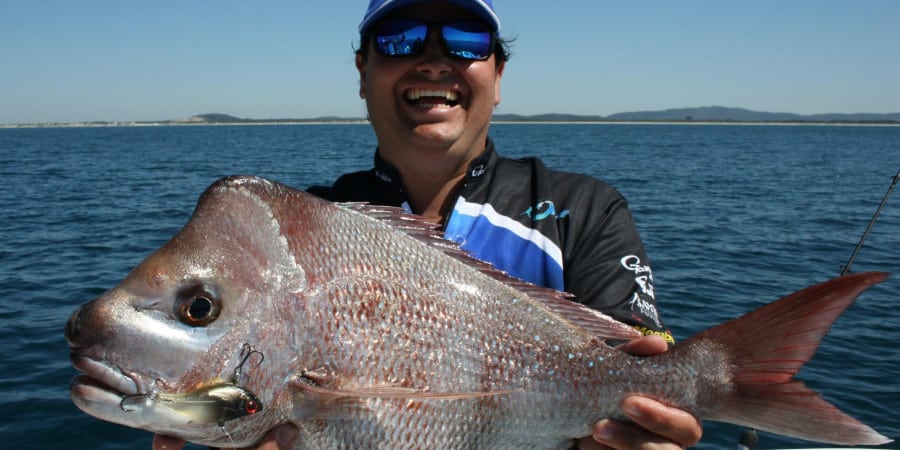
Episode 536: Ballina Snapper With Michael Starkey
Michael Starkey is an Australian tackle icon who has fished all over the world, but has lived and fished the Ballina area for the past 18 years. He loves nothing more than heading out to some of the very accessible shallow inshore reefs around Ballina and chasing quality reds on light tackle. Michaels strategies allow him to sift through the medium sized fish to find and catch the better quality fish.

Episode 531: Coffs Harbour Snapper With Zac Panaretos
Coffs Harbour has an abundance of snapper on most of the reefs and rubble grounds from inshore to offshore – it’s just a matter of knowing how to catch them! Sponsored angler Zac Panaretos doesn’t seem to have too much trouble in that department, so we invited him onto the show to share a few tips for ALF listeners.
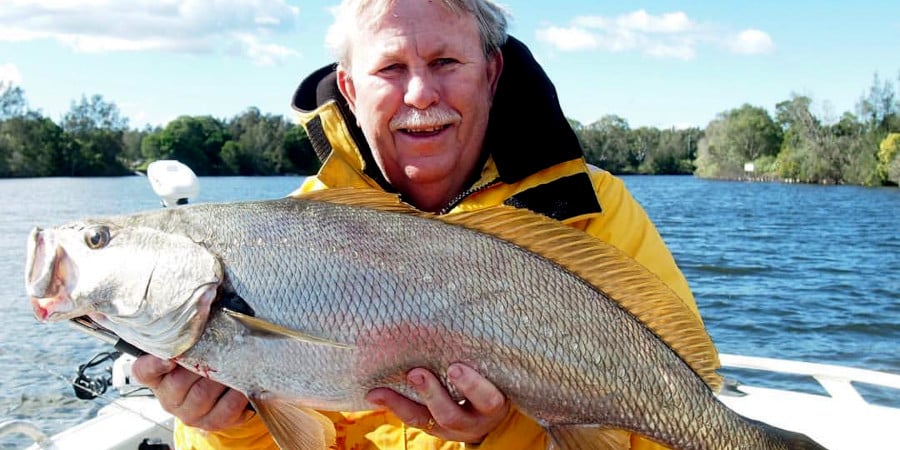
Episode 527: Best Botany Bay Winter Fishing Spots With Gary Brown
Botany Bay is an incredibly productive system and in the winter months the crowds thin out and the fishing goes off! Gary Brown has written numerous books and articles on fishing Botany Bay and in today’s ALF episode he shares his favourite winter fishing spots.
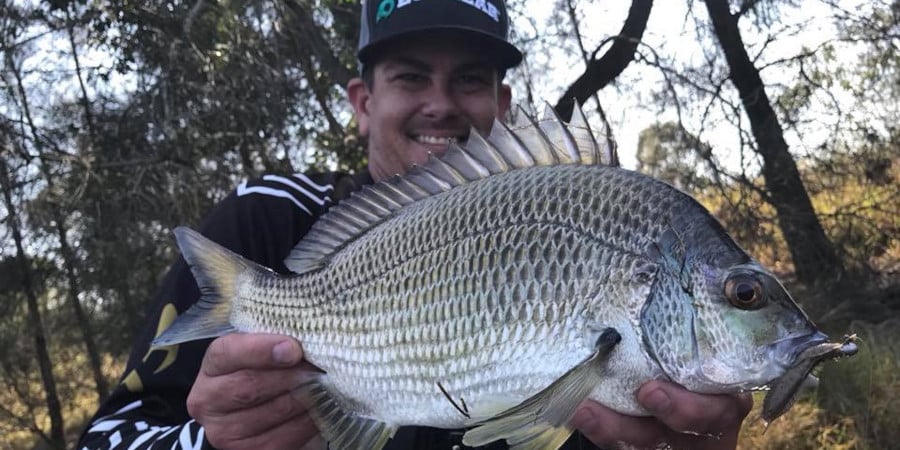
Episode 515: Five Top Winter Fishing Spots In SE Queensland With Liam Fitzpatrick
Looking for winter fishing spots in Southeast Queensland? Liam Fitzpatrick shares a few beauties with ALF listeners.
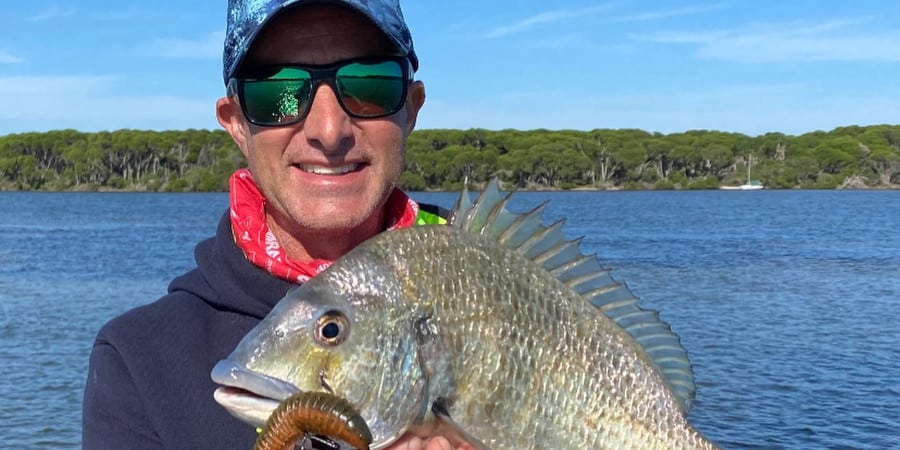
Episode 513: Five Best Winter Fishing Options For Melbourne With Lee Rayner
Looking for winter fishing options around Melbourne? Lee Rayner reckons southern fishing can be spectacular in the cooler months.

Episode 576: NE Tasmania Snapper With Jack Gillespie
Jack Gillespie has the snapper population on the NE coast of Tasmania figured out and in today’s interview offers his tips and advice for inshore snapper on lures and light tackle.

Episode 557: Corio Bay & Geelong Fishing Spots With John Didge
John Didge Radio Personality, Sponsored Angler John has over 40 years experience fishing Corio Bay. He's co-hosted various fishing radio shows for the Geelong region for over 30 years, written articles and presented fishing from stage. John is a soft plastic lure...

 Will Kitching
Will Kitching
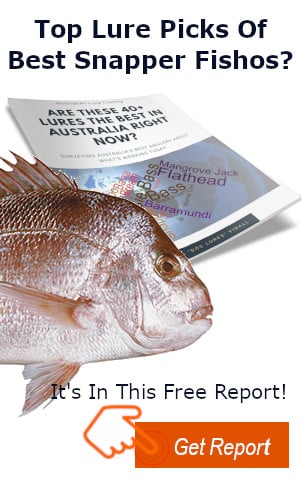
CONGRATULATIONS Greg on reaching the BIG FOUR OH OH!
And goodonya Will … I’ve been waiting 400 episodes for someone to mention using a drogue to slow the drift rather than an electric motor.
First up some definitions. A sea anchor is deployed off the bow and is used to keep a drifting boat’s head to the wind and waves so that it may ride rough seas more comfortably. A drogue is deployed off the stern and is used to keep the boat straight while motoring (or drifting) down-sea.
However there is a third kind also called a drogue but which acts more like an underwater sail.
So, has anyone ever tried a rectangular sail-type drogue which is typically made of shade cloth and used by fly-fishos when fishing “loch style”? If not it’s worth searching “fly fishing loch style drogue”.
A sail-style drogue is a significant improvement on the typical bucket-type sea anchor / drogue because it not only keeps the vessel side-on to the drift, but also allows the vessel to be steered in much the same was as a jib on a yacht.
The better designs have a foam pool noodle on top for flotation and a few lead weights (or light chain) at the bottom for ballast, which helps to keep the drogue from collapsing and sinking when the drift is too slow to keep it inflated.
Another advantage of a sail-type drogue with bridle and two ropes is that it can easily be brought alongside the boat when moving slowly under-power. This means it doesn’t need to be pulled back onboard every time the boat is re-positioned.
To secure the drogue lines fore & aft it’s best to install a pair of spring loaded “cam cleats” (as used on a small yachts) to the starboard gunwale of the boat.
Cleats are by far the easiest way to fine tune the drift and, where necessary, to adjust the track when the wind or tidal flow has changed direction. It even allows the boat to be steered from running before the wind to a broad reach. Think sailing and you’ll get the idea.
Using cleats instead of tying off directly to the boat is also much safer if needing to quickly jettison the drogue.
What ever the type, a drogue is best deployed on dams, lakes, broad rivers or estuaries with no underwater obstructions, or relatively calm near-shore seas. But not good in surging or chaotic seas or along shallow, snaggy or weedy shorelines.
A drogue is not as convenient as an electric trolling motor with heading sensor, especially when fishing solo, however it’s a very inexpensive but highly effective alternative.